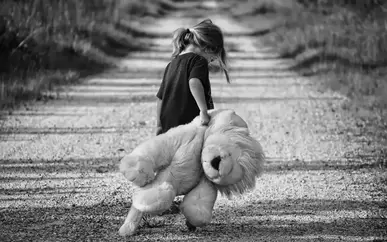In the myriad of madness that is modern life, it's easy to lose sight of our inner light—to feel disconnected from our true selves. But the summer solstice offers us a powerful opportunity to rekindle that flame, to heal the wounds that dim our inherent radiance. Here are a few things that I do to help me harness the spiritual energy of this auspicious day, maybe they will assist you too!
1. Morning Meditation
I like to greet the day with a soul-stirring meditation. I typically find a quiet spot outdoors and allow myself to be bathed in the early light of the day. As the morning sun shines, I visualize its rays penetrating deep into my being with warmth and vitality. I utilize this time to set intentions for the season ahead, envisioning the growth and transformation I intend to cultivate.
2. Connect with Nature
The longer summer days are perfect to immerse in nature's beauty. Whether it's a leisurely stroll through the woods (beach for me 😊), or a refreshing dip in a natural body of water, allow yourself to be fully present in the moment. Tune in to the sights, sounds, and sensations of the natural world, and feel your spirit come alive in its embrace.
3. Fire Rituals
Fire has long been revered as a symbol of purification and transformation. I like to include fire rituals in my solstice celebrations, whether it's lighting candles, burning incense, or gathering around a bonfire with friends and loved ones. As I watch the flames dance and flicker, I visualize releasing anything that no longer serves me, allowing it to be consumed by the fire's transformative energy.
4. Practice Gratitude
The solstice is a great time to take a moment to reflect on the abundance that surrounds you and express gratitude for all that you have. I create a special solstice gratitude journal and write down the things I have been thankful for during the time since the winter solstice. Being mindful of all the things I have to be grateful for not only fosters a sense of contentment and fulfillment, but I firmly believe it opens the door to even greater blessings.
As we stand together on the threshold of the summer solstice, remember that the light we seek resides not only in the heavens above but within each and every one of us. May this sacred time inspire us to nurture our inner light, to shine brightly in the world and illuminate the path for others to follow. Happy solstice!! May your days be filled with joy, love, and boundless light! And So It Is!!
XOXG









 RSS Feed
RSS Feed